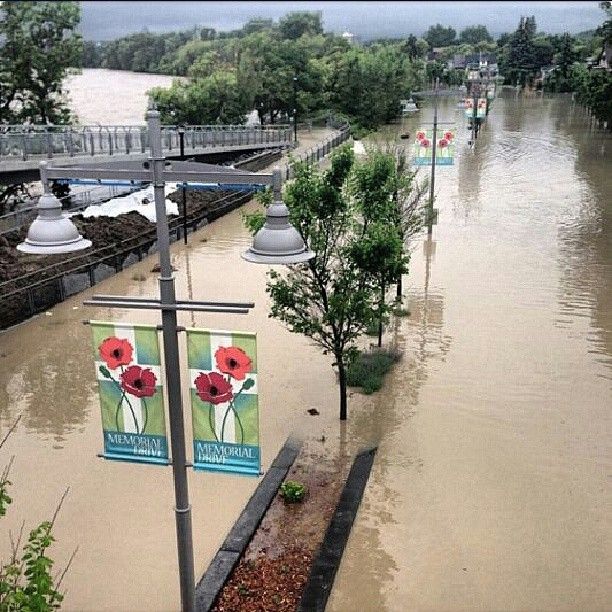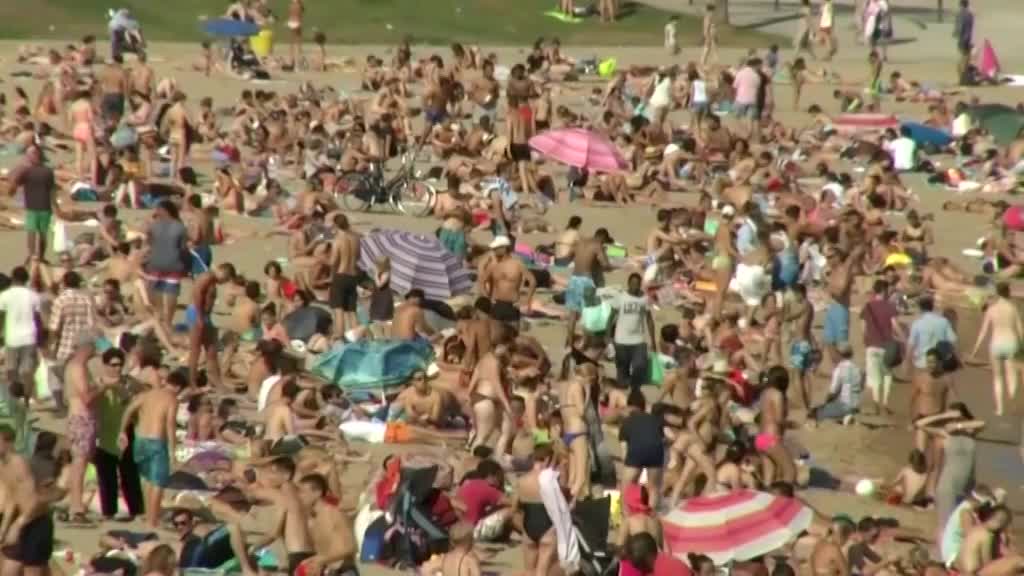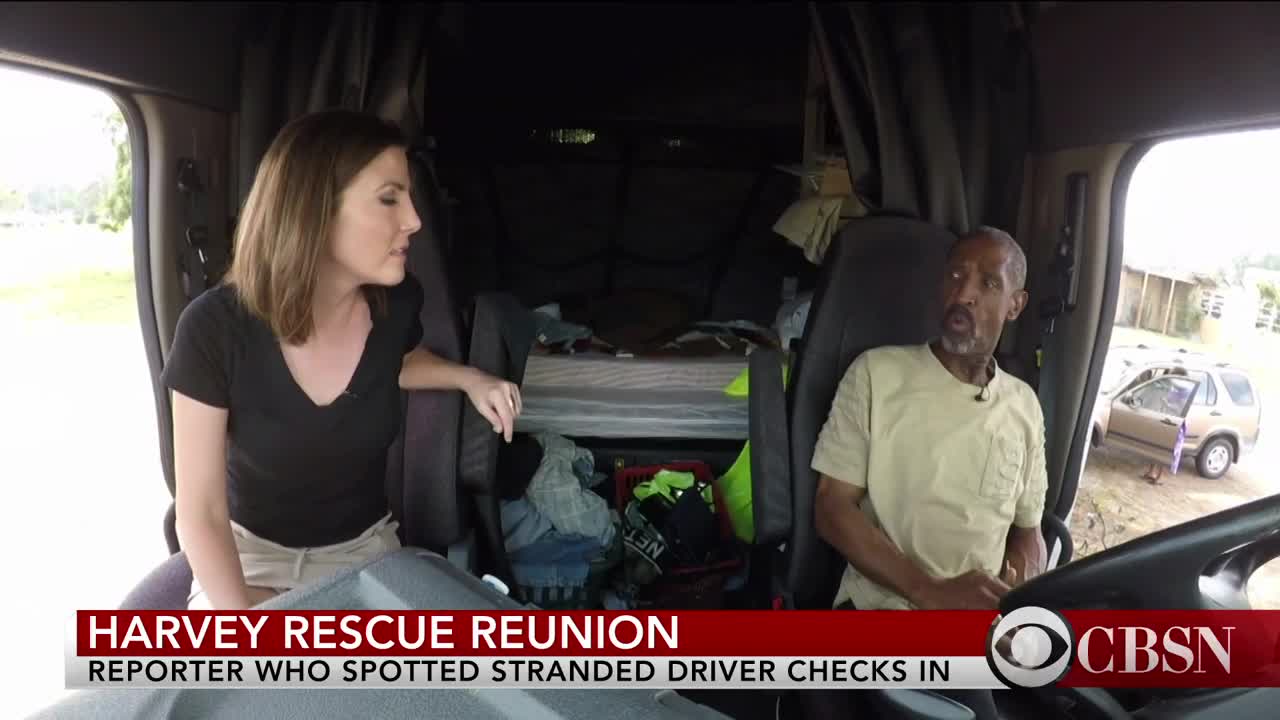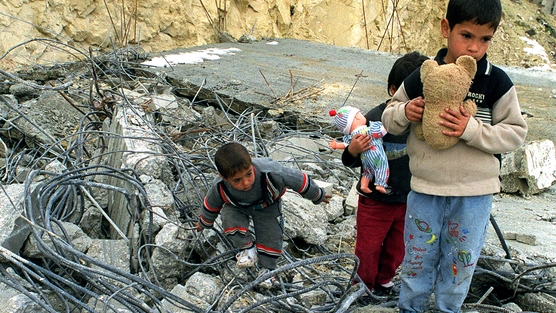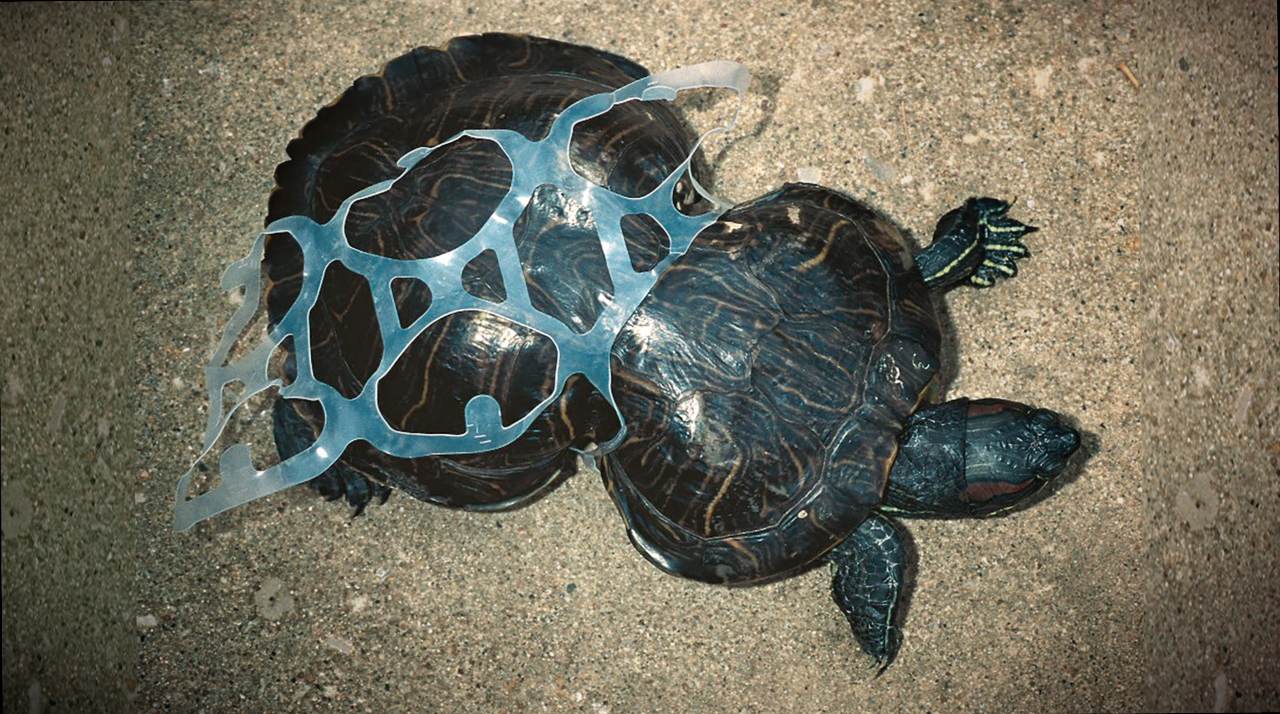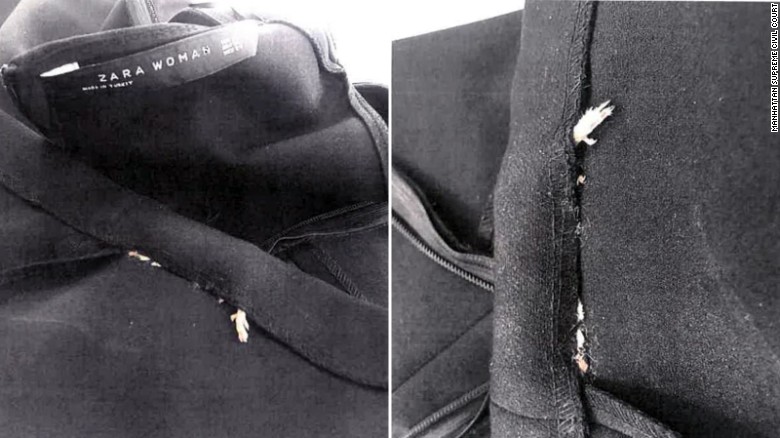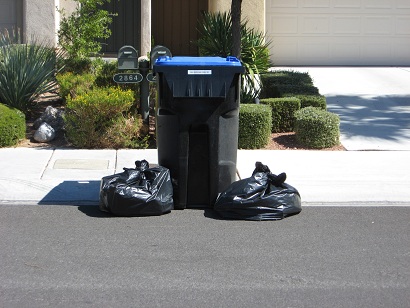Deadly rip currents could persist days after tropical storm Chris
'The majority of drownings ... in parts of Florida are 2 to 3 days after a major tropical storm or hurricane'
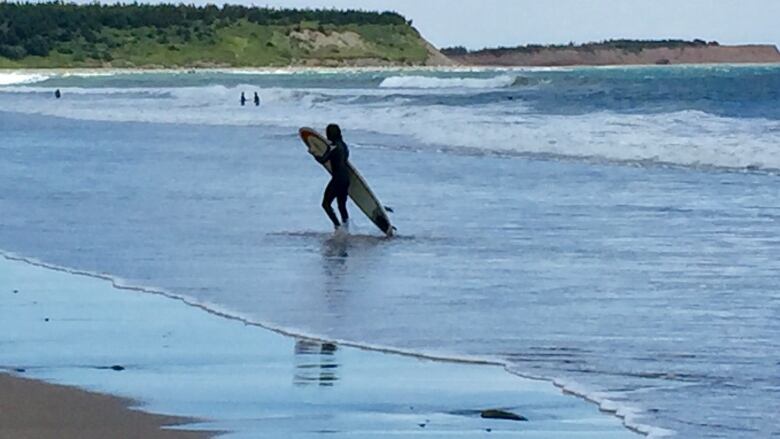
Hurricane Chris has been downgraded to a tropical storm and will mostly miss Nova Scotia, but rip currents could pose a deadly risk at some East Coastbeaches over the coming days, says a professor who studies the phenomena.
ChrisHouser, dean of science at the University of Windsor in Ontario,said being in the water over the next few days could be dangerous.
"They pulse. Sometimes the water may seem to be relatively calm and the current's not very strong, but then a minute later and a whole bunch of waves have just broken, the current picks up and can take you offshore," he told CBC's Maritime Noon.
The strong post-tropical storm Chris is expected to track across the southern Avalon Peninsula in Newfoundland Thursdayafternoon, said meteorologist Jim Abraham, with a chance of rain clipping southeastern Cape Breton.
Environment Canada says ocean swellswest of Halifaxwill reach two to three metres,three to four metres further east, and will gradually diminish Thursday night intoFriday.
Thursday afternoon, lifeguards at Nova Scotia'sLawrencetownBeach outside of Halifax closed the beach to swimmers because ofthe strong low tide and undertowdue to the storm offshore.
Worst rip currents can happen days after storm
Housersaid the so-called calm after the storm could lull people into a false sense of safety.
"What may seem calm after the storm actually can be the most dangerous situation," he said.
"And the majority of drownings that have happened in parts of Florida are two to three days after a major tropical storm or hurricane when people believe it's now safe, but the [sand]bars have now got into this configuration where the rips are very, very strong."
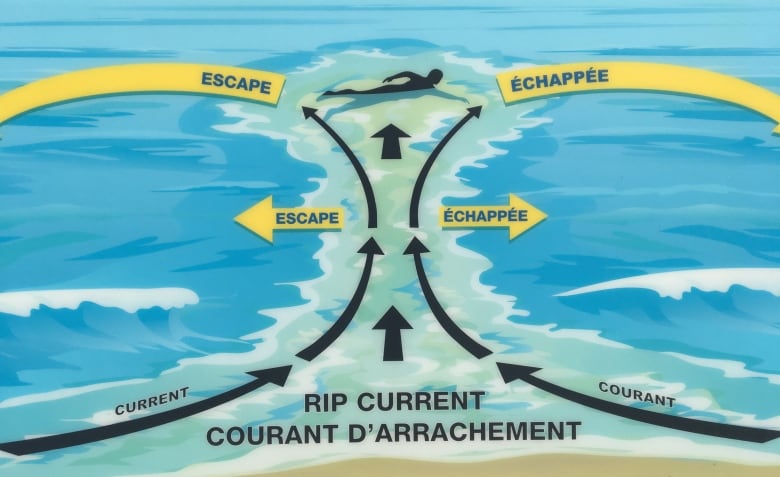
Rip currents occur when high surf pushes water up on the shore, and it rushes back out to sea in narrow channels between sandbars. They can occur at any beach with breaking waves, including any of the world's oceans, seas and large lakes.
Houserwarns conditions can change and rip currents can happen suddenly with changing wind and wave conditions.
"The beach that was safe this morning is no longer safe this afternoon," saidHouser.
What to do if you're caught in a rip current
TheNova Scotia Lifeguard Servicealso offers these tips if you get caught in a rip current:
- Don't panic.
- Most swimmers should swim parallel to shore about 30 metres before trying toreturn to shore.
- Stronger swimmers should swim at a 45-degree angle across the rip in the same direction as the side/lateral current.
- If the current is too strong and you need helpfrom a lifeguard, raise one of your arms straight directly above your head.
Houser said the strongest water movement in a rip current is where you're most buoyant at chest level.
"And so you could be jumping in the waves and you get picked up by waves, you lose your footing and that current has pushed you offshore where you know can no longer touch," he said.
He said he's measured rip currentsas fast as three metres per second that can move people offshore.
Housersaid it's very difficult to spot a rip current, especially for someone who hasn't spent much time at the beach.
With files from Maritime Noon

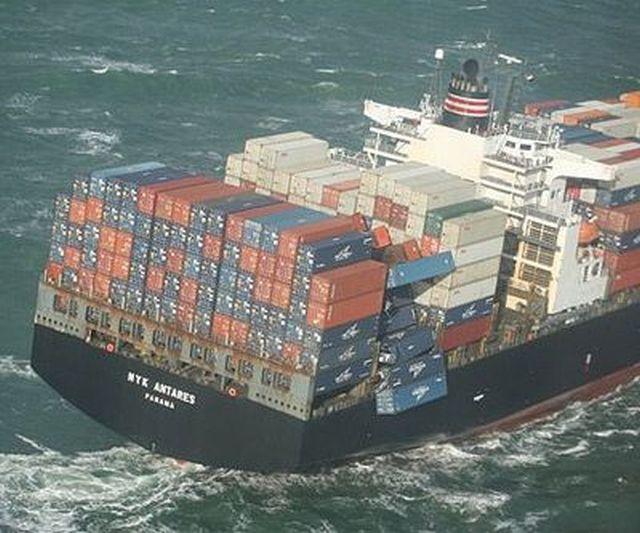









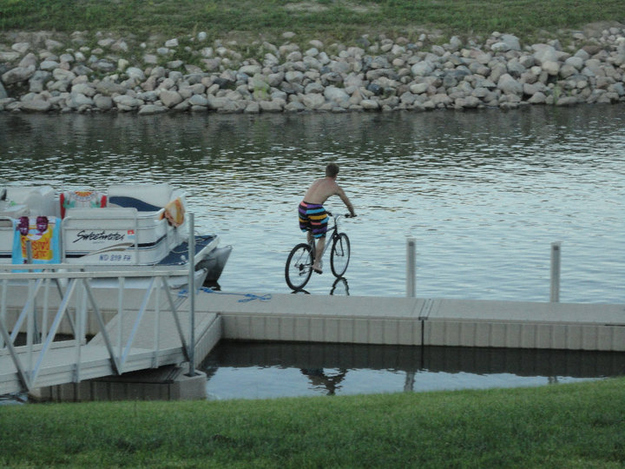
_(720p).jpg)


 OFFICIAL HD MUSIC VIDEO.jpg)
.jpg)










